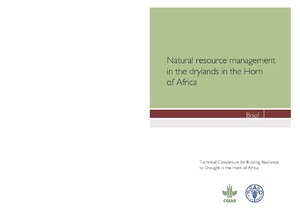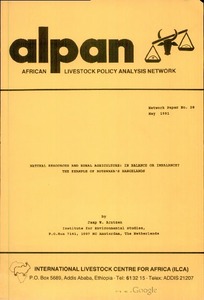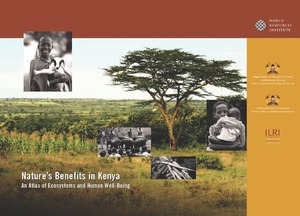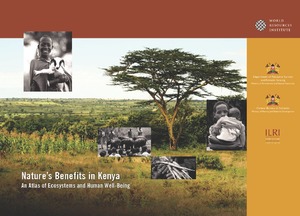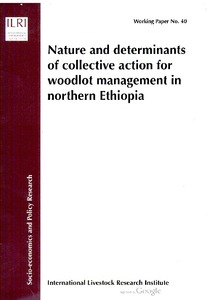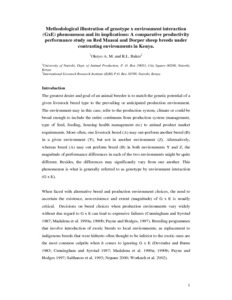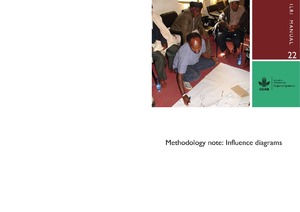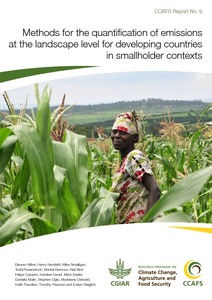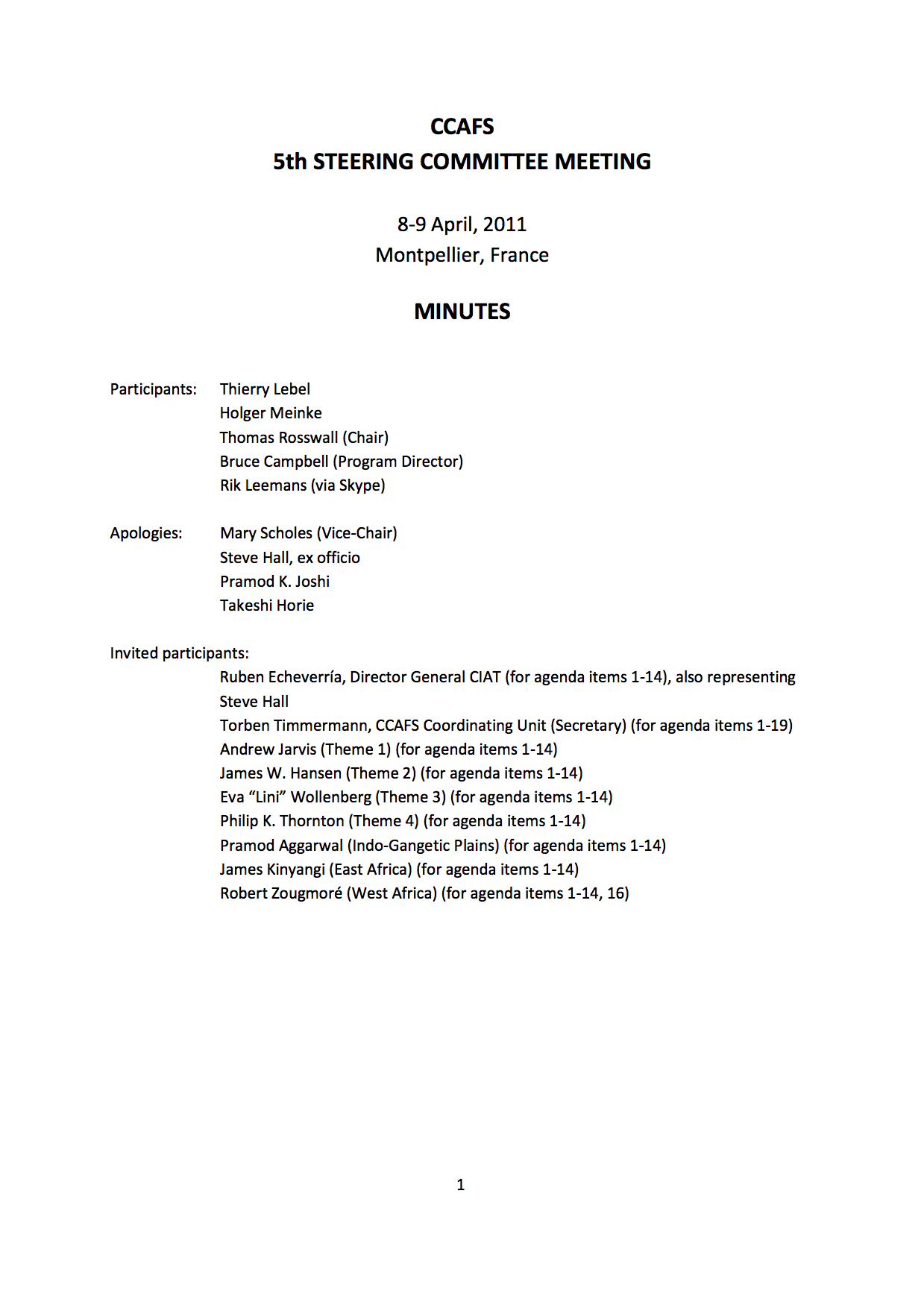rangelands
AGROVOC URI: http://aims.fao.org/aos/agrovoc/c_6448
Natural resources and rural agriculture: In balance or imbalance? The example of Botswana's rangelands
Assesses the effect (balance or imbalance) of the present relationships between the natural resource base and human activities; examines the role of some potentially destabilising forces, i.e, international markets, government programmes and socio-economic stratification; and reviews government's role in terms of its contributions to prudent natural resource management and options for the promotion of sustainable rural development.
Nature Benefits in Kenya: an Atlas of Ecosystem and Human Well-Being
Nature’s Benefits in Kenya: An Atlas of Ecosystems and Human Well-Being integrates spatial data on poverty and the environment
in Kenya, providing a new approach to examining the links between ecosystem services (the benefits derived from nature)
and the poor. This publication focuses on the environmental resources
most Kenyans rely on to earn their livelihoods, such as soil, water, forest,
rangeland, livestock, and wildlife. The atlas overlays georeferenced
statistical information on population and household expenditures with
Nature's benefits in Kenya. An atlas of ecosystems and human well-being
This report provides a new approach to integrating spatial data on poverty and ecosystems in Kenya. It is endorsed by five permanent secretaries in Kenya and with a foreword by Wangari Maathai (recipient of the 2004 Nobel Peace Prize). It provides a new approach to examining the links between ecosystem services (the benefits derived from nature) and the poor. Through a series of maps and analyses, the authors focus on the environmental resources most Kenyans rely on such as soil, water, forest, rangeland, livestock, and wildlife.
Methodological challenges for institutionalizing participatory research and development
Methodological illustration of genotype x environment interaction (GxE) phenomenon and its implications: A comparative productivity performance study on Red Maasai and Dorper sheep breeds under contrasting environments in Kenya
Methods for the quantification of emissions at the landscape level for developing countries in smallholder contexts
The GHG (greenhouse gas) mitigation potential from the agricultural sector is set to increase in coming decades. Much of the agricultural mitigation potential lies in developing countries where systems are dominated by smallholder farmers. There is therefore an opportunity for smallholders not only to gain environmental benefits from carbon friendly practices, but also to receive much needed financial input, either directly from carbon financing, or from development agencies looking to support carbon friendly activities.

